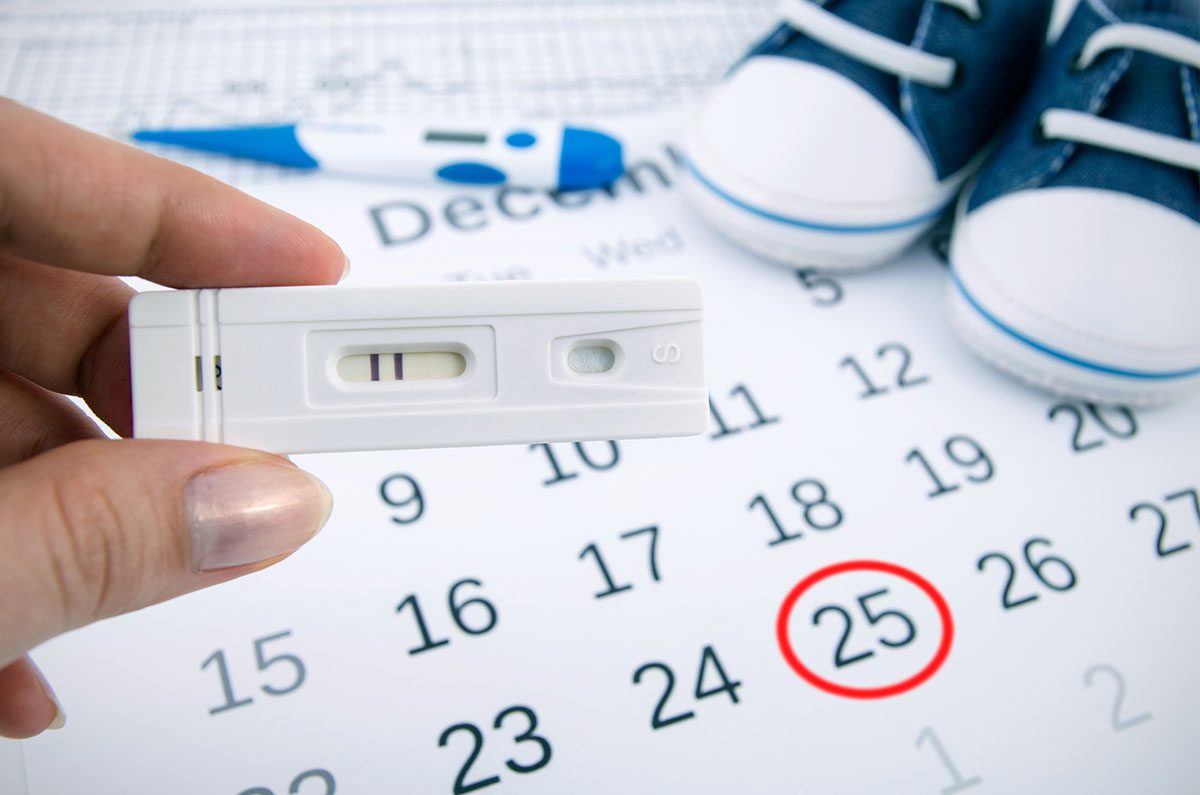If you’re thinking of getting pregnant anytime soon, it’s important to know when you’re ovulating. Ovulation is when one of your ovaries releases a mature egg. If this egg is fertilized by sperm, you can become pregnant.
Among women who are in their reproductive years, fertile, and are not pregnant, ovulation typically happens every month. But the exact timing can vary widely. For most women, there are about six days during each menstrual cycle when you can get pregnant. However, you’re most likely to get pregnant sometime in the three days leading up to ovulation.
That said, it can be tricky to know exactly when you’re ovulating or when you’re most fertile. One option is to use an ovulation tracker. This calculates your most fertile days using the average length of your menstrual cycle and the day your period started.
You can also look for some signs and symptoms within your body that provide some insight into when you’re ovulating. Here are a few changes you may notice:
Your body temperature may rise
After ovulation, your basal body temperature (this is your body temperature right when you wake up in the morning) will rise slightly. In order to detect changes to your basal body temperature, you’ll need to take your basal body temperature every morning before you get out of bed.
Your vaginal mucus may change
You may have a change in vaginal mucus and discharge when you’re ovulating and in the days prior. This mucus may be more slippery, stretchy, and clearer than usual. Often the consistency is compared to raw egg whites. This mucus plays an important role in allowing sperm to move its way into your uterus and fallopian tubes where it can fertilize an egg.
You may feel some pain
You may feel a slight pain, twinge, or cramping in your ovaries or lower abdominal area about halfway through your menstrual cycle.
Certain hormone levels will be higher
Levels of luteinizing hormone (which helps signal to your body that it’s time to release an egg) rise somewhere around 36 hours before ovulation and hit their highest levels about 12 hours before ovulation. Sometimes doctors will check luteinizing hormone levels with blood or urine tests to determine how fertile a woman is on certain days.
Your saliva may be different
Increased estrogen levels prior to ovulation can change the consistency of saliva so that it forms a fern or crystal-shaped pattern when dry. You can look for these patterns using an at-home saliva test kit.
Read more: Everything You’ve Been Wondering About Female Fertility
If you would like to meet with a knowledgeable doctor, consider contacting Women’s Health Arizona. As Arizona’s largest ObGyn group, we’re trained and solely dedicated to delivering the best ObGyn experience in convenient and comfortable settings around Phoenix.

